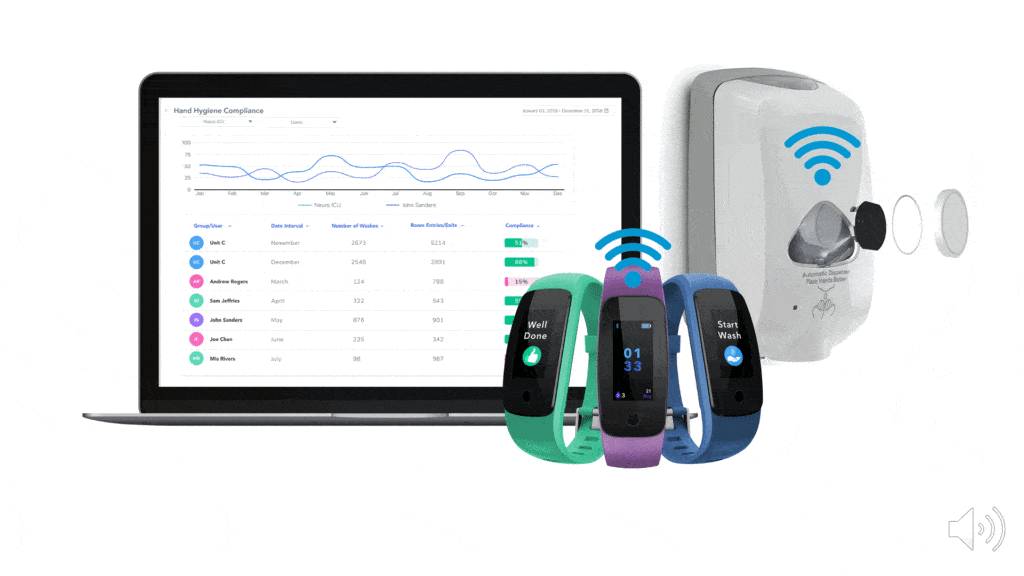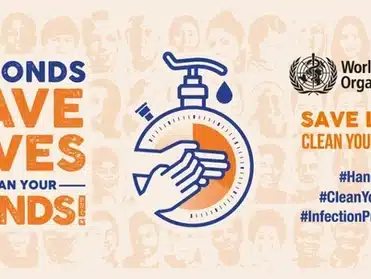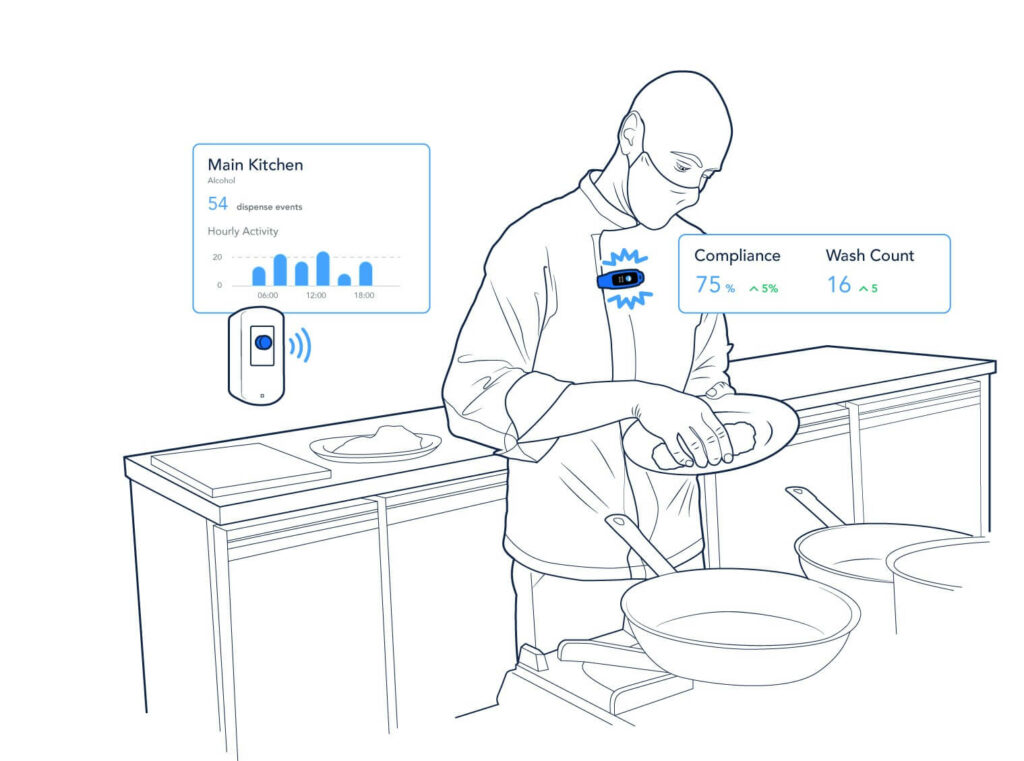Making A Financial Case for Automated Hand Hygiene Compliance. Part 3: Cost of Penalties and Burnout
The first two parts of this series about how to make a financial case for automated, or electronic, hand hygiene compliance systems covered the costs of healthcare-acquired infections (Nour-Omid, July 26, 2021) and the costs of direct observation of care providers’ compliance (Nour-Omid, Aug. 16, 2021). This article covers the cost of penalties received by …








